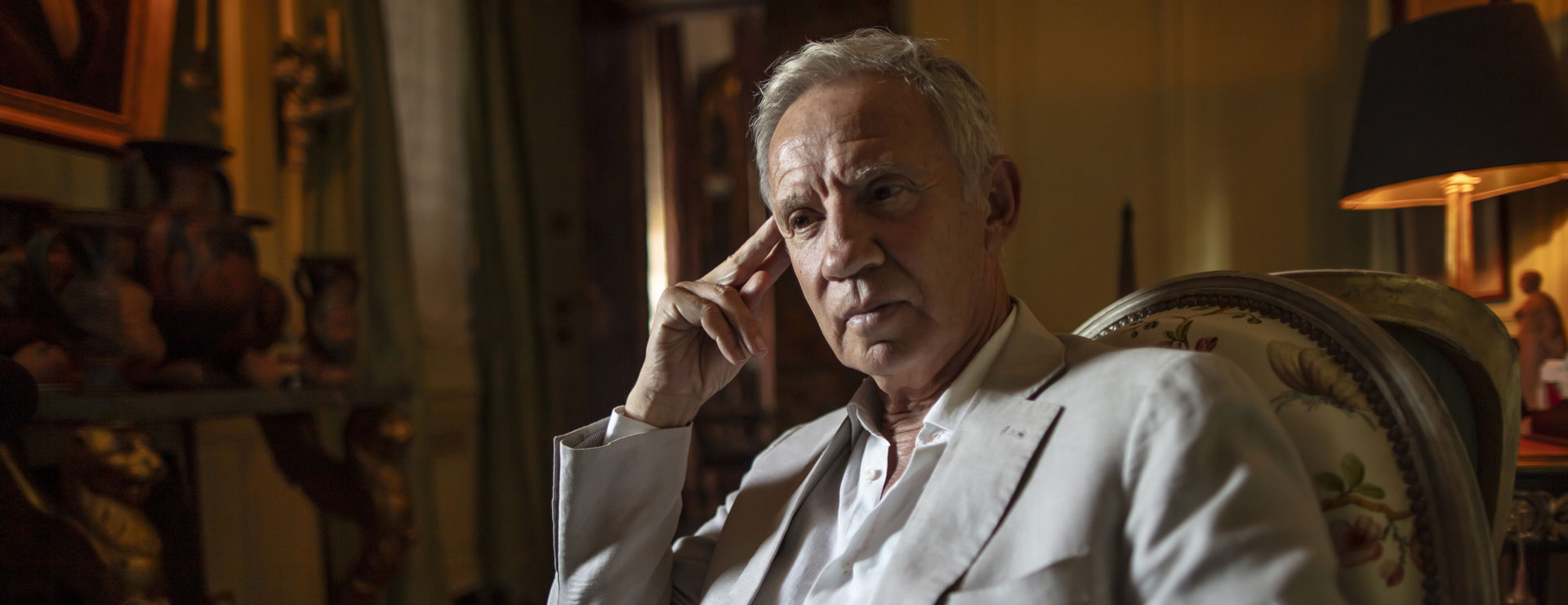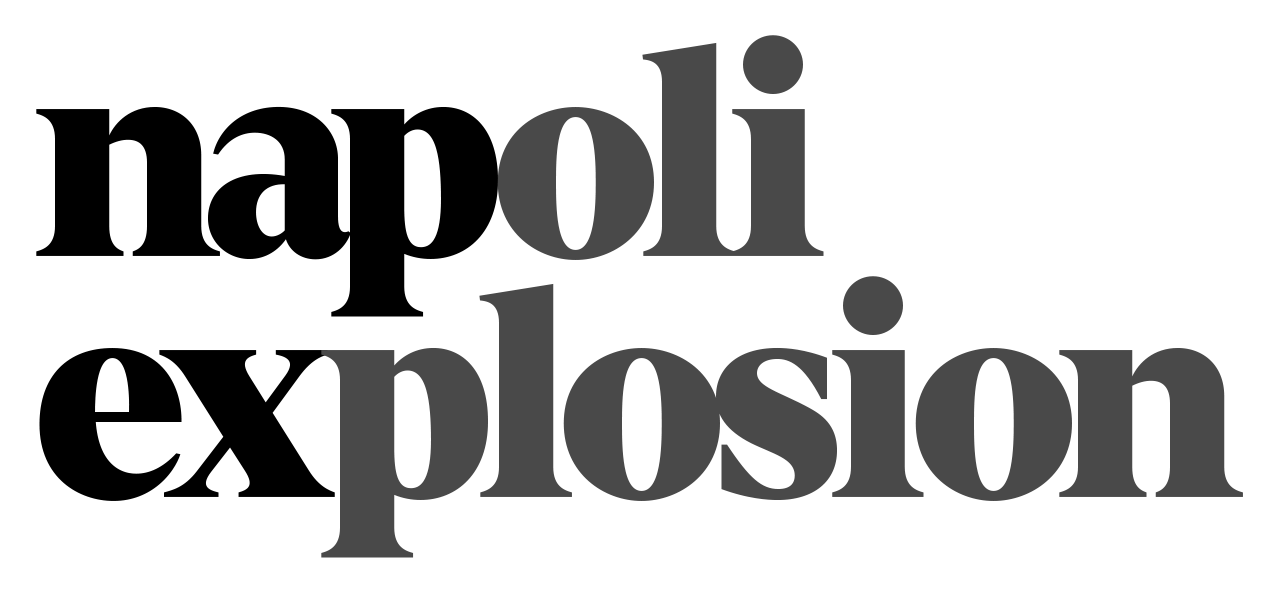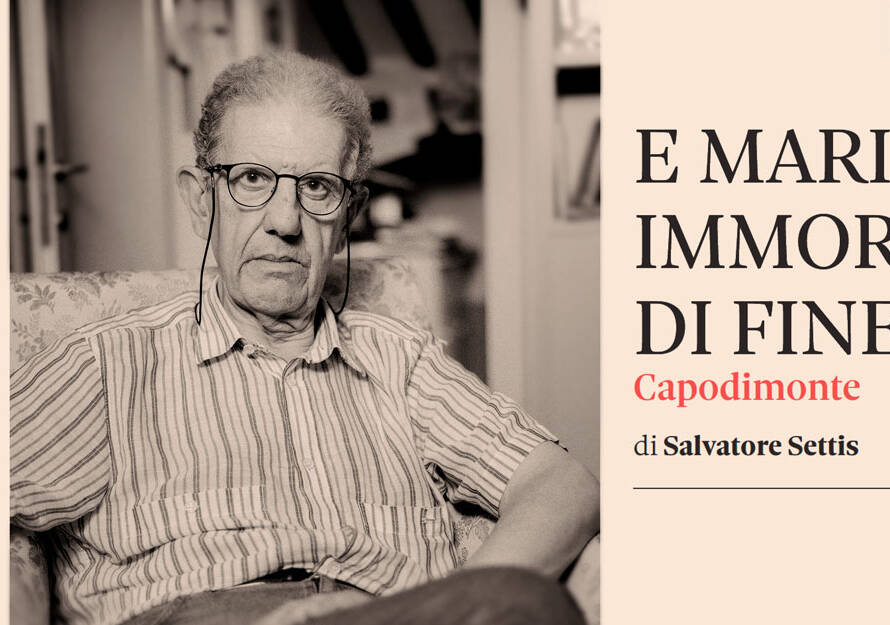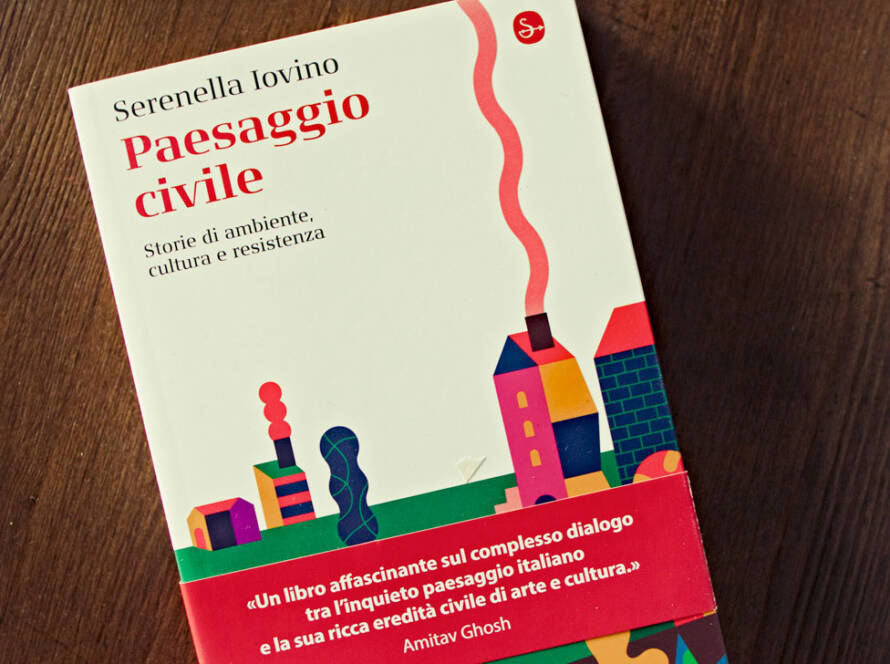An introduction by Sylvain Bellenger
Few cities in the world can be identified with a natural element. Naples is completely identified with Vesuvius. And there is no terrace, urban perspective, city window that does not seek a glimpse of Vesuvius. Naples is a kind of amphitheatre built around Vesuvius. But Vesuvius is also a memento mori. It’s a danger. It is the image of the explosion that the Neapolitans constantly have before their eyes.
Naples is the Vesuvius, and the most cathartic moment, the most symbolic moment in the relationship between Naples and Vesuvius is New Year's Eve. When the city celebrates the beginning of the year with a series of fireworks absolutely incredible. A sort of Battle of Baghdad exploding in the Gulf.
When they told me about you, Mario, and the project you were developing on Vesuvius, I could not imagine the extraordinary relationship you have established with light. I was thinking of the landscape, the height of the volcano, to the shape of the Gulf. I was curious to see what you had done as soon as I heard that this project you developed it for twelve years. This obsession, this determination, the continuity of your curiosity truly intrigued me. When I saw the first works, I realized that the theme was not just Vesuvius but the relationship between the city and Vesuvius. What you were observing was not even the city itself but rather a kind of ironic explosion, the transformation of fear into joy, which is a firework. And this is what you initially sought, yet I'm unsure how much you foresaw it or if it was a subsequent evolution of your research.
But the connection between photography and painting, the link between photography and light, has become the central theme of your work.
Furthermore, I was deeply intrigued to see how, through this project extremely important on the relationship between photography and painting, reflections are developed that many 20th-century painters have made about photography. I am, of course, thinking of Richter, one of the artists most influenced by photography.
The technique you employ for these photographic paintings is absolutely extraordinary and goes far beyond merely photographing fireworks, well beyond capturing the luminous trace of the fireworks. It captures the symbolic explosion at the center of contemporary fears: the fear of nuclear explosion, the fear of Infinite Space, the fear aroused by the continuous flow of images of explosions that the human consciousness can never accept and never will be able to embrace. There is an intellectual tension in this explosive image that conveys joy, perhaps, but even more so, terror. And all of this, at least, makes this work a true work of art.
So, I thought it was relevant to include it into the Capodimonte collection, within our series of exhibitions that often explore the relationship between the historical collection and the contemporary gaze. And, of course, many visitors who will see this exhibition will recall that the Capodimonte collections include the works of Jacques Antoine Volaire, who has practically become a portraitist of Vesuvius. He painted the eruption of Vesuvius throughout his life. And, of course, Andy Warhol, that made Vesuvius a true portrait.
So there is a strong coherence between the history of Capodimonte, the heart of Naples, the symbols of Naples, the fire, fireworks, the fire of Vesuvius, and our collections and this our new art exhibition.



